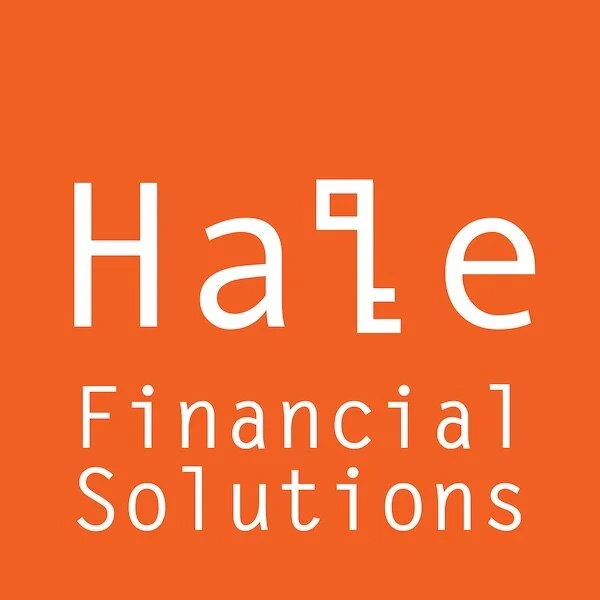Photo by Anne Nygård on Unsplash
I’m writing on the last day of June. This of course marks the end of the second quarter, the years’ official halfway point, and is another reminder that Wyoming summers are short, and I’ve spent too much time at work and not enough time horsing around with my kids outside.
The last three months have been particularly interesting in financial markets, so I thought I’d write a quick post reflecting on some of the key lessons I’ve observed so far this year.
The big winner: International Stocks
International stocks are the darling of the market so far this year, with returns pushing 20% year to date. At Hale Financial, the index fund we recommend for international stock investing is Vanguard’s FTSE Developed Market ETF – VEA.
US stocks have handily outperformed international stocks over the last five years, but since we have no guarantee of the US stock market’s outperformance compared to international, we tend to invest in both (with more of a US stock concentration).
Bonds Are for Safety and Income, Not Growth
With continued uncertainty about the future of interest rates, bonds continue to pay a good amount of interest this year, but their overall performance has been poor compared to US and international stocks. The Federal Reserve hasn’t exactly been eager to cut its rates when the US economy is doing well by most measures.
Bonds are safer relative to stocks, so at Hale Financial we don’t tend to rely on them for growth, but rather to provide some income, diversification and stability to the portfolio. The term we use for bonds is they’re part of a retiree’s “safety bucket.” In this light, most of our retired clients still have at least 50% of their investments in the stock market (the “growth bucket”) in order to keep their dollars growing over time, keep pace with inflation and all of its uncertainties, and to build a nest egg that will help address catastrophic expenses when you can otherwise least afford them, like a long-term care need.
Don’t React to the News
When this quarter started, tariffs were captivating the nation and covering headlines. The Trump Administration’s tariff push in early April caused a 10% US stock market drop over two days, with markets down 5% each day. Yes, we received a handful of calls from worried clients about the repercussions of this, and our message was the same: Sit tight, keep investing.
At Hale Financial, we can never tell how long the pain will last, and we don’t consider it our job to try to figure that out. Our goal is to ensure that each of our clients are invested in a portfolio of stocks, bonds, and cash that they can stick to for a long time, wait for the returns we can reasonably expect, and seize the opportunities that exist during market corrections. These often come down to boring, old things like:
Rebalancing portfolios
Roth conversions and contributions
Tax-loss harvesting of poor performing investments
Reinvesting dividends at lower stock prices
Boring yes, but it works. We never know how long markets will take to recover, but we are confident they will. Fortunately for those investors who stuck with their plan, they didn’t need to wait long. Since April’s lowest point, US stocks have rebounded 22% and set all time highs again today.
Diversification and Patience Win Again
All of this is to say that patient, well-diversified investors have been rewarded once again with regular market highs being reached over the last few days. Indeed, the market’s correction presented other opportunities as well, such as those outlined above. For example, contributing money into a Roth IRA when US stocks were down 15% resulted in a pretty nice three month return in hindsight.
If you found yourself worried about the market in early April, you can be assured there will be times of worry again. It’s always something different, as I explained in a previous article. Time and again, the investors that are most rewarded are those who have honed in on an investment plan they can stick with for decades (yes, decades), ride out the ups and downs, and await the years of strong returns that eventually come.
If you’d like to be a better, more disciplined investor, we’re here to help you.

